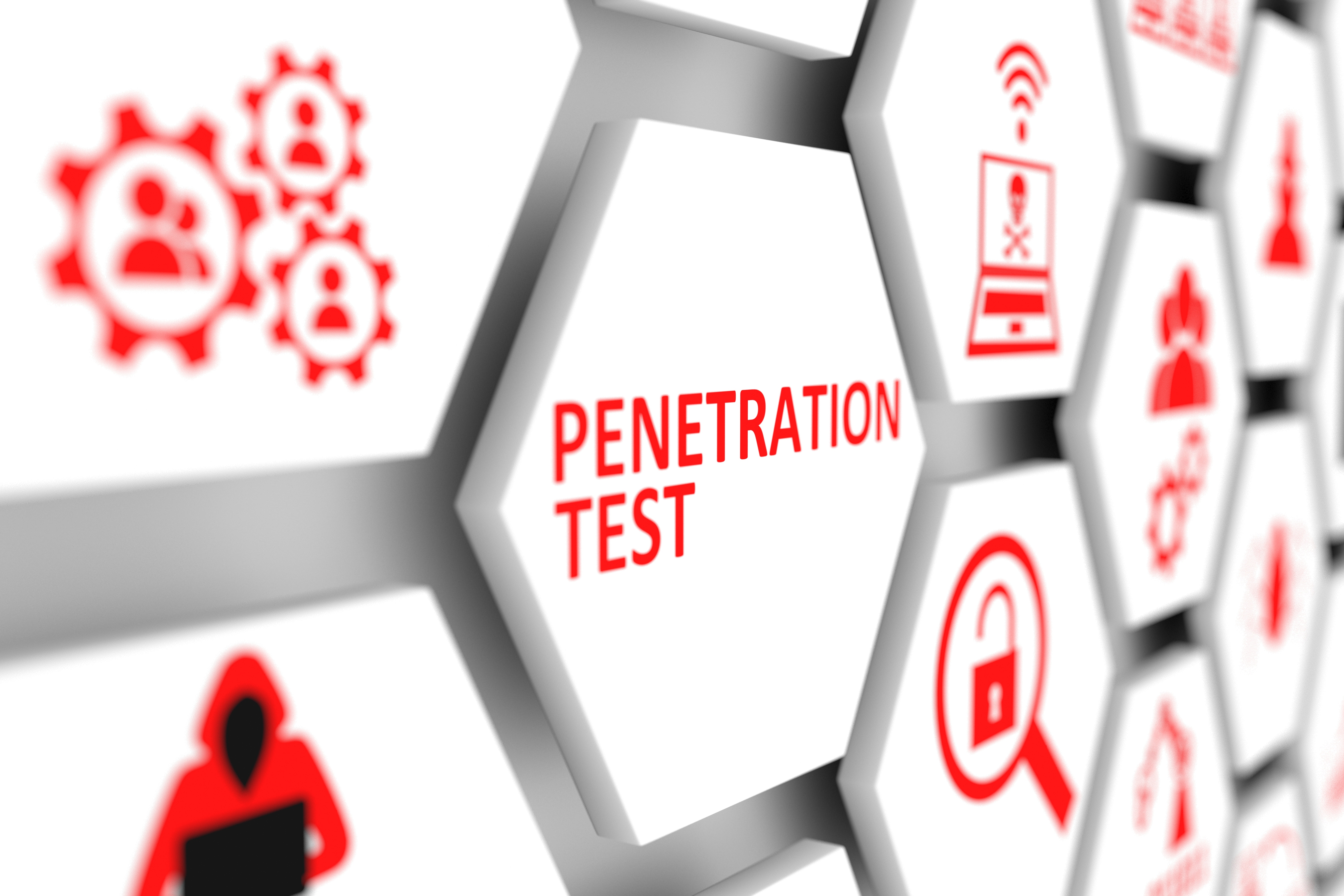Pentests are NOT Required for SOC 2 Compliance – But Here's Why You Should Consider Them Anyway
When it comes to SOC 2 compliance, a common misconception is the necessity of penetration testing, or pentests, as part of the audit process. The truth is, pentests are not a formal requirement for SOC 2. However, this doesn't mean they should be overlooked. While SOC 2 focuses on the implementation of security policies and procedures, penetration testing offers a practical, real-world assessment of these controls. Let's dive deeper into why pentesting, though not mandatory for SOC 2, can be a game-changer for your organization's cybersecurity posture.
Understanding SOC 2's Security Criteria
SOC 2's Security Trust Service Criterion is designed to ensure your organization manages and protects customer data adequately. This includes a range of controls from monitoring to change management. However, the effectiveness of these controls can often only be tested in a live-fire scenario – enter pentests.
Here's how penetration testing adds value to specific controls within the Security Trust Service Criterion:
1. Validating Control Environment (CC6.1)
While SOC 2 ensures you have the right controls documented and theoretically in place, penetration testing puts these controls to the test. It provides tangible proof that your security environment isn't just well-documented but also robust against actual cyber threats.
2. Ensuring Robust System Operations (CC6.6)
SOC 2 requires that your operational processes are secure. Penetration testing takes this a step further by simulating an attack to see how these processes hold up under pressure, revealing the true resilience of your system operations against potential breaches.
3. Assessing the Impact of Change (CC6.7)
In the dynamic world of IT, change is constant. However, every change carries the risk of new vulnerabilities. Penetration testing becomes critical after significant system changes, ensuring these alterations don't inadvertently weaken your cybersecurity defenses.
Beyond Compliance: The Strategic Value of Penetration Testing
A. Proactive Risk Management
Penetration testing allows you to identify and address vulnerabilities before they are exploited, significantly reducing the risk of a data breach, which could be far more costly than the test itself.
B. Building Trust
Demonstrating that you've gone beyond the minimum requirements of SOC 2 by conducting pentests can strengthen the trust of clients and partners in your commitment to security.
C. Staying Ahead of Cyber Threats
The cybersecurity landscape is constantly evolving. Regular penetration testing ensures your organization is not just compliant but also equipped to face new and emerging threats.
Conclusion
In conclusion, while penetration tests might not be a checkbox requirement for SOC 2 compliance, they bring immense value to the table. They provide a level of assurance and security that goes beyond compliance, addressing the practical effectiveness of your cybersecurity measures and preparing your organization for the real-world challenges of the digital age. By embracing penetration testing, you're not just ticking off a compliance requirement; you're taking a proactive, comprehensive approach to safeguard your data and that of your customers. Remember, in cybersecurity, it's often the unrequired steps that make the biggest difference.
Interested in learning more about how penetration testing can fortify your cybersecurity strategy? Book a call to explore how we can help you go beyond compliance towards true cyber resilience.
